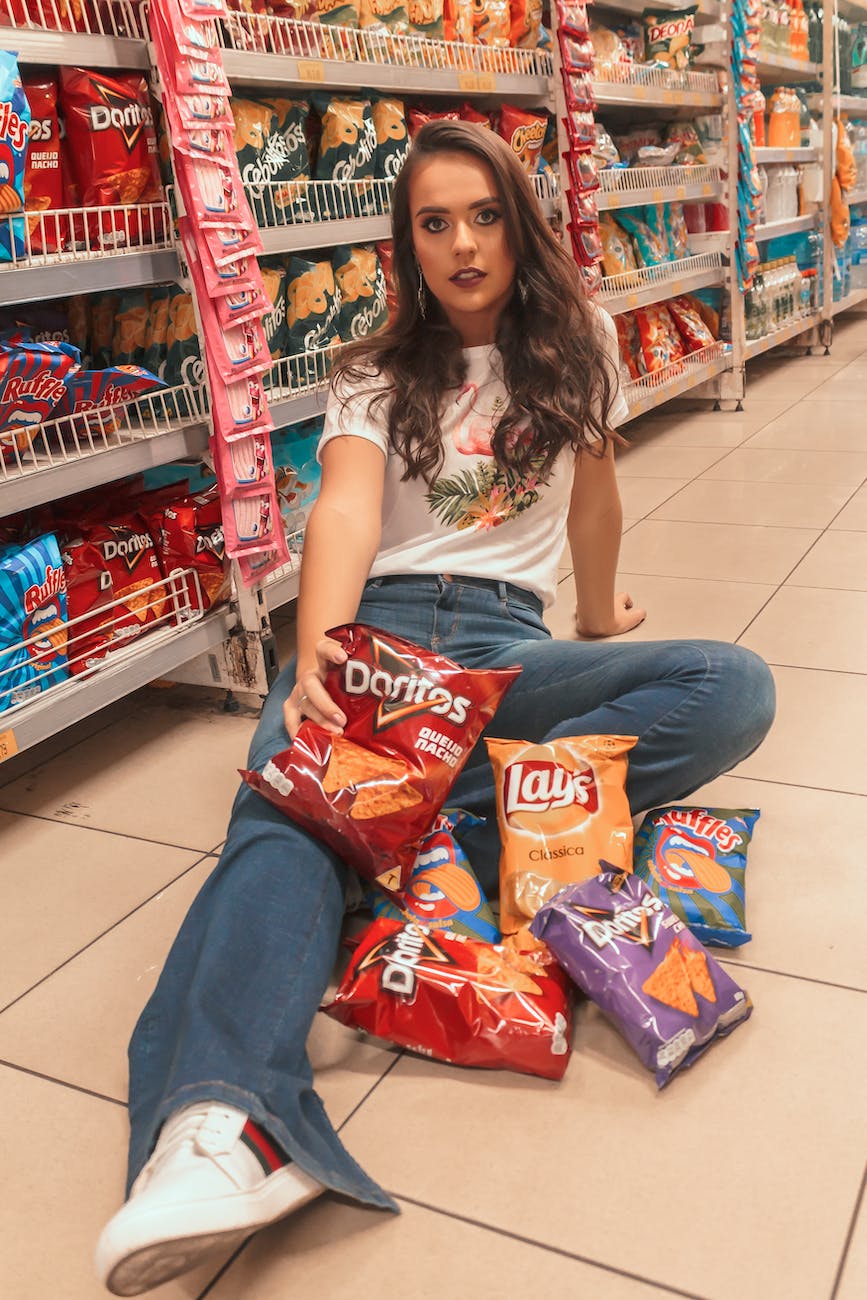TL;DR
Snacking has become a lifestyle for consumers, with an increase in consumption even during the COVID-19 pandemic. Younger generations drive the snacking trend, preferring snacks over meals throughout the day. Independent retailers can cater to different generational preferences, offer novelty flavors, and incorporate functional benefits to attract more customers. Leveraging social media and creating innovative products are crucial for success in the evolving snacking landscape.
Snacking has emerged as a significant trend in recent years, becoming a lifestyle for consumers. Even during the COVID-19 pandemic, snacking consumption continued to rise, dispelling the belief that it would revert to pre-pandemic levels. In fact, a survey reveals that 49 percent of consumers now consume more than three snacks per day. This increase in snacking can be attributed to consumers seeking affordable means to address mental health and well-being during challenging times.
The way consumers snack has also shifted, with notable generational differences. Younger consumers, including millennials and Gen Z, prefer snacking over traditional meals, enjoying snacks from morning to night. On the other hand, baby boomers and Gen X tend to snack in the afternoon or evening. Independent retailers should take note of these generational preferences and adjust their offerings accordingly.
Flavor innovation plays a crucial role in attracting shoppers. Bold and blended flavors have gained popularity, such as Flamin’ Hot Sweet Carolina Reaper and fudge coconut & caramel. Independent retailers can tap into this trend by offering unique and exciting flavor combinations to keep consumers interested. Tortilla chips, sugar-free gum, and novelty candy are among the notable winners in the snacking universe, with younger consumers driving growth in these categories.
While indulgent and fun snacks dominate dollar sales, consumers’ focus on holistic health has fueled the demand for better-for-you options. Snack products offering benefits beyond nutrition, such as immune support and metabolism health, have seen significant growth. Independent retailers should consider offering snacks that cater to shoppers’ unique dietary needs and preferences to foster growth.
Functional benefits and sustainability are also crucial factors driving snacking trends. Shoppers seek snacks that support their specific diets, with claims like lactose-free, vegan/vegetarian, and gluten-free associated with increased sales. Sustainable packaging is also becoming increasingly important to consumers. Independent retailers can differentiate themselves by offering snacks that align with these trends.
In the digital age, social media has become a powerful tool for marketing and influencing consumer behavior. Independent retailers should leverage social media platforms to engage and excite both current and potential customers. Collaborating with influencers and creating compelling content around various snacking occasions can drive consumer engagement. Additionally, in-store promotions, signage, and displays are essential for capturing consumer attention.
As the snacking landscape continues to evolve, independent retailers must adapt quickly to find success. Catering to different generational preferences, offering novelty flavors, incorporating functional benefits, and capitalizing on social media are all actionable insights for independent retail store owners. By staying attuned to emerging trends, embracing innovation, and diversifying their product offerings, independent retailers can thrive in the snacking revolution.




